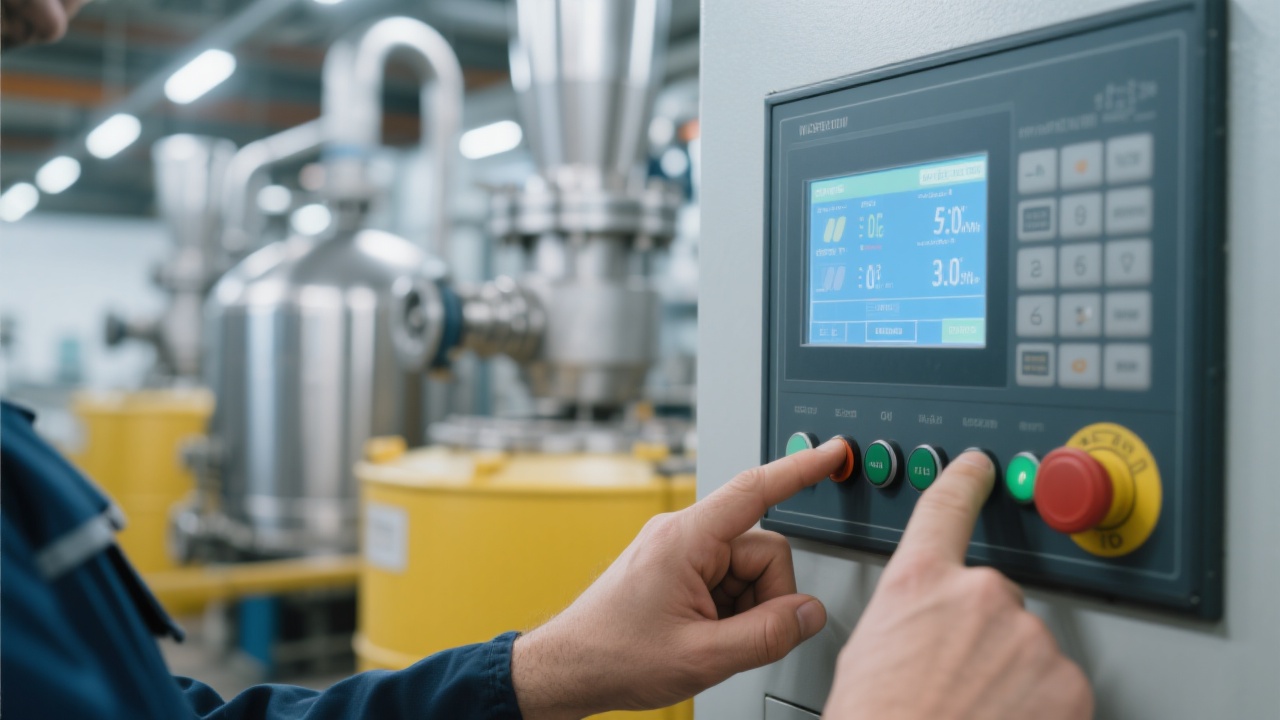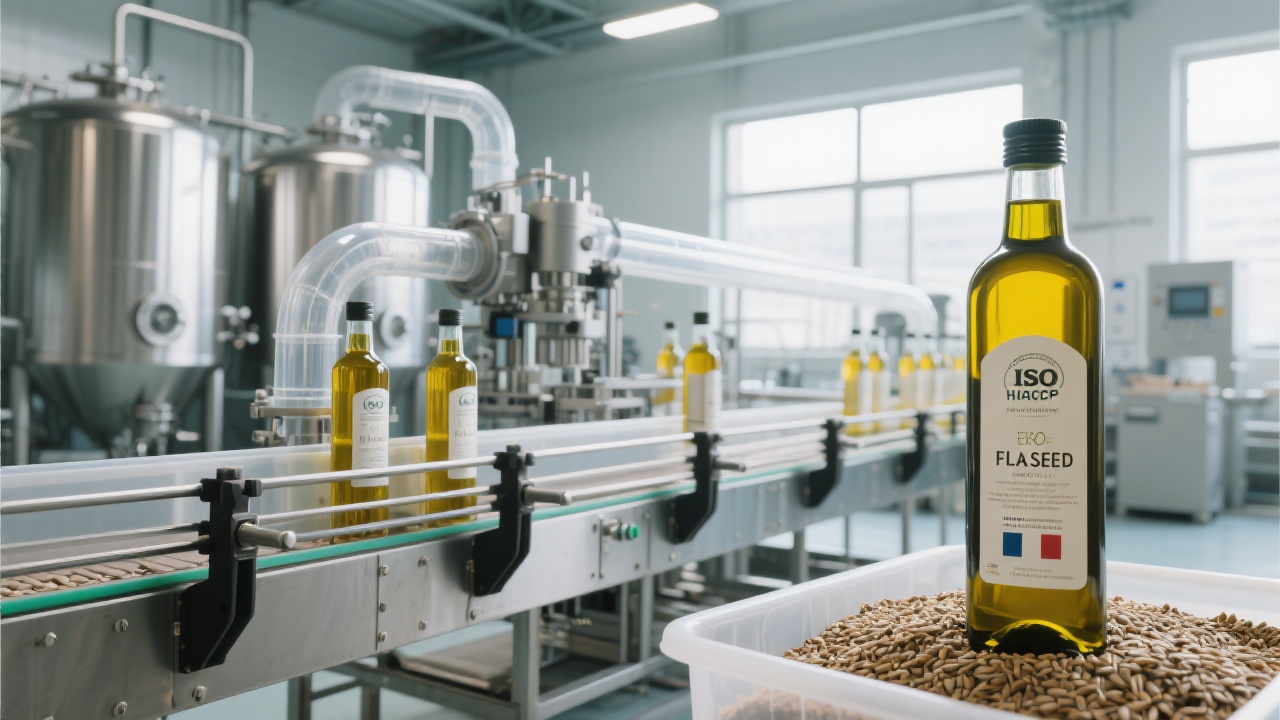
In the specialized realm of small-scale sesame oil production, choosing the right oil press machine is pivotal for stable operation and product quality. Many cultivators and family-run workshops face challenges like excessive machine noise and poor oil output, jeopardizing both efficiency and user experience. This article provides an in-depth exploration of selecting suitable small sesame oil pressing equipment, understanding cold-press versus hot-press methodologies, evaluating motor configurations, and mastering routine maintenance. Coupled with practical troubleshooting techniques based on real-user feedback, this resource empowers buyers and operators to optimize their systems for consistent and high-quality Oil Extraction.
Proper capacity matching between the sesame oil machine and your production volume is the fundamental first step. Small-scale presses typically range from 20 kg/h up to 100 kg/h. Overloading a low-capacity machine leads to increased wear and poor oil yield, while overspending on oversized units reduces cost-efficiency. Data from several family-run operations in Southeast Asia indicates that machines rated around 50 kg/h hit the sweet spot for balancing throughput and energy consumption – typically around 1.5 kW power input yielding 7–8 liters of refined oil per hour under optimal conditions.
Understanding the pressing method is crucial. Cold pressing maintains sesame seeds under 60°C, preserving antioxidants, vitamins, and the authentic aroma—highly valued in premium markets. Hot pressing, involving seed roasting at temperatures above 100°C, achieves higher yields but risks oxidizing sensitive nutrients and altering flavor profiles. For example, in trials comparing both techniques, cold-pressed oil retained 25% more sesamin content, a key antioxidant, though hot pressing improved yield by approximately 15%. Selecting the method depends heavily on your target market’s preference between oil purity and volume efficiency.
The motor is the heart of the pressing system. Suppliers often offer both single-phase and three-phase motors. Single-phase motors are ideal for small workshops with limited electrical infrastructure but can exhibit higher vibration and heat generation, contributing to noise and premature wear. Three-phase motors usually provide smoother torque, better energy efficiency (up to 10-15% lower consumption), and longer operational life. In practice, a three-phase motor with rated power between 1.5 to 2.2 kW is recommended for consistent cold-pressing operations producing 50–80 kg/h.
Operational convenience, including easy cleaning and simple controls, contributes significantly to daily productivity. Users should prioritize machines with quick-disassembly parts for timely seed residue removal and shaft lubrication points accessible without complicated tools. Regular inspection cycles—recommended weekly—should focus on tightening screws, checking belt tension, and cleaning filters to prevent clogging. Real-world feedback from a family-owned unit in India found that instituting a strict cleaning protocol reduced unexpected stoppages by 30%.
Small sesame oil press machines can encounter faults that degrade productivity or risk safety without early intervention. Below are frequent issues and actionable solutions:
| Issue | Probable Cause | Recommended Action |
|---|---|---|
| Excessive Noise During Operation | Loose bolts, worn bearings, or unbalanced rotor | Tighten all fasteners; inspect and replace bearings if needed; balance and realign rotor assembly |
| Oil Output Is Low or Unstable | Seed moisture too high/low; worn pressing screw; improper temperature during pressing | Adjust seed moisture to optimal 8-10%; replace or refurbish screw; monitor and control pressing temperature |
| Motor Overheating Frequently | Overload due to seed clogs or electrical issues | Clear seed blockage promptly; conduct electrical inspection; avoid continuous long-time operation without breaks |
Implementing a well-structured maintenance checklist can drastically reduce downtime. Operators are encouraged to utilize downloadable templates tailored to sesame oil press maintenance to facilitate regular checks. These aids help ensure parts integrity and operational safety.

For family and startup environments, safety cannot be compromised. Features like emergency stop buttons, protective covers on rotating parts, and temperature sensors help prevent accidents caused by operator error or mechanical failure. Ensuring compliance with local electrical standards and machine certifications further enhances workplace safety and reduces liability risks.
A recent case from a Ghanaian sesame oil cooperative highlights how upgrading the motor from single-phase to three-phase and introducing a seed pre-drying stage improved output stability significantly. Within 60 days post-implementation, oil yield increased by 12%, noise complaints dropped by 70%, and machine downtime was cut in half—corroborated by operational log data.

Selecting the right small sesame oil press involves comprehensive evaluation of capacity, pressing method, motor technology, and ease of maintenance to address operational pain points such as noise and inconsistent oil flow. When paired with routine cleaning, safety compliance, and proactive troubleshooting, producers unlock stable productivity and superior oil quality. As demand for cold-pressed, nutrient-rich sesame oil grows, equipping your operation with professional-grade, user-friendly machinery is key.

Ready to elevate your sesame oil production with the right equipment and expert support? Discover Our Proven Solutions and Start Boosting Your Yield Today!
If you've encountered challenges with sesame oil pressing or seek customized advice for your production setup, share your specific issues below. We provide tailored case studies and actionable solutions to help you overcome operational obstacles effectively.

